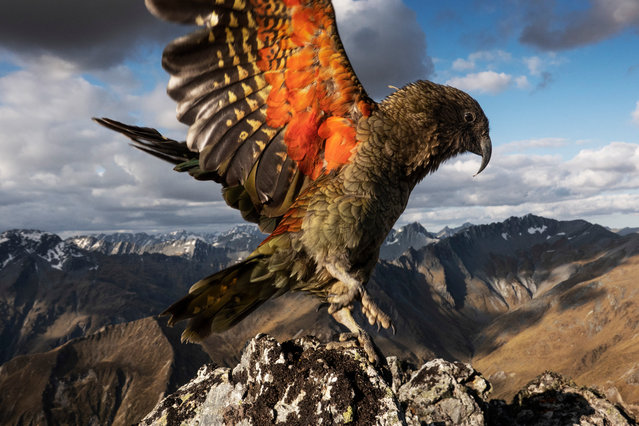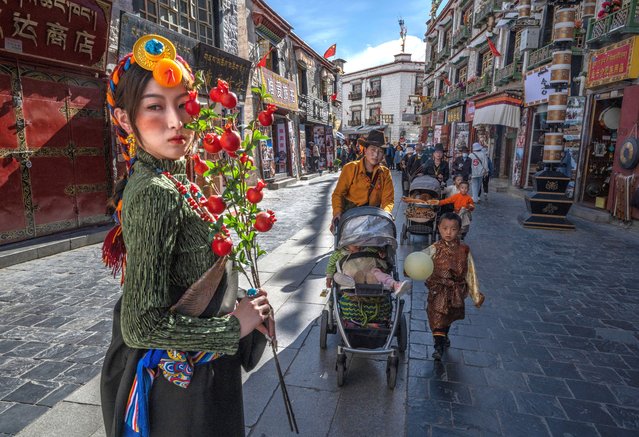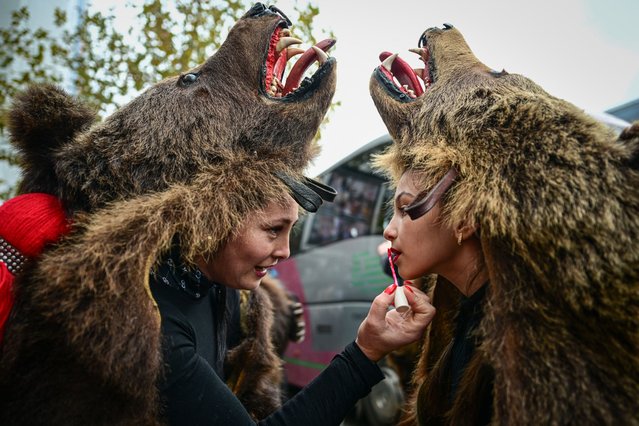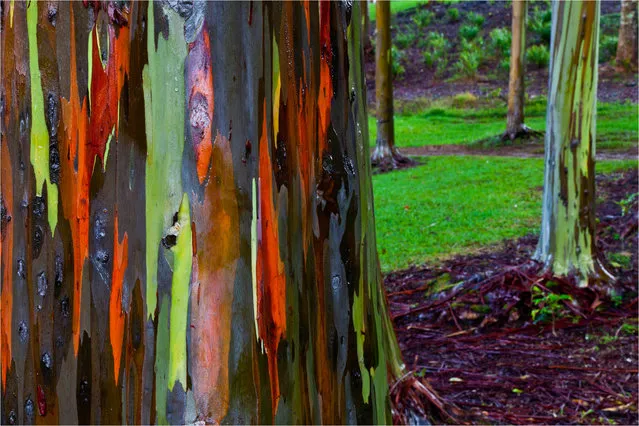
Video bloggers stream live broadcast of an event to celebrate the fourth birthday of the world's only giant panda triplets, Meng Meng, Shuai Shuai and Ku Ku, at Chimelong Safari Park in Guangzhou, China July 29, 2018. (Photo by Bobby Yip/Reuters)
08 Aug 2018 00:01:00,post received
0 comments







